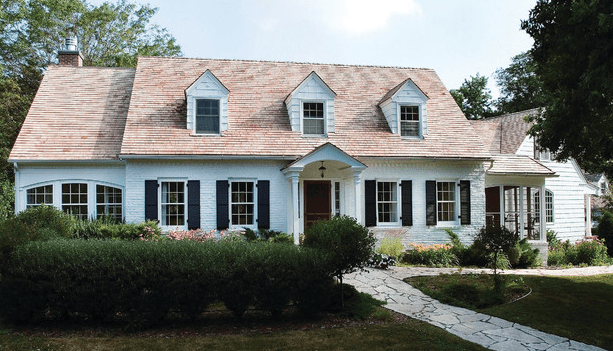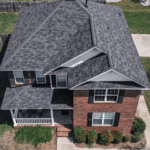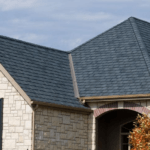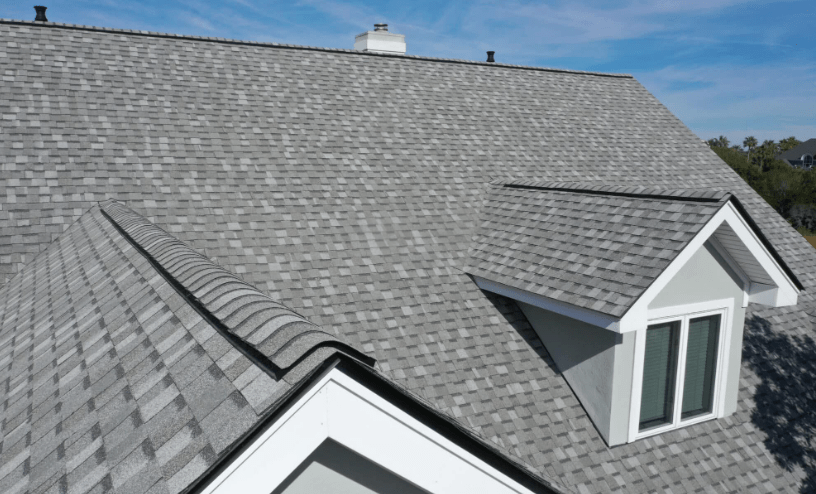
Discover the ins and outs of roofing warranties to protect your home and investment.
Understanding Roofing Warranties
Roofing warranties are an important aspect of protecting your home and investment. By understanding the ins and outs of roofing warranties, homeowners can ensure they are getting the coverage they need.
One key aspect of understanding roofing warranties is knowing what is covered and what is not. Most roofing warranties cover defects in materials and workmanship, but may not cover damage caused by natural disasters or neglect. It is important to read the fine print and understand the specific terms of your warranty.
Another important aspect of understanding roofing warranties is knowing the duration of the warranty. Some warranties may only cover a few years, while others may offer coverage for several decades. Understanding the length of your warranty can help you plan for future repairs or replacements.
Additionally, homeowners should be aware of any maintenance requirements outlined in their roofing warranty. Some warranties may require regular inspections and maintenance in order to remain valid. By understanding these requirements, homeowners can ensure they are fulfilling their obligations and maintaining their warranty coverage.
Types of Roofing Warranties
There are several types of roofing warranties that homeowners may encounter. The most common types include manufacturer warranties and contractor warranties.
Manufacturer warranties are provided by the company that produces the roofing materials. These warranties typically cover defects in the materials themselves and may vary in duration and coverage. It is important to carefully review the manufacturer warranty to understand what is covered and for how long.
Contractor warranties, on the other hand, are provided by the roofing contractor who installs the roof. These warranties typically cover the workmanship and installation of the roof. Like manufacturer warranties, contractor warranties may vary in duration and coverage.
In some cases, homeowners may also have the option to purchase extended warranties for additional coverage. These extended warranties may provide added protection and peace of mind.
It is important for homeowners to carefully review and compare the different types of roofing warranties available to them in order to make an informed decision.
Key Terms to Know
- Defects: Refers to any issues or flaws in the roofing materials or workmanship.
- Prorated: When a warranty is prorated, the coverage decreases over time. This means that if a defect occurs later in the warranty period, the coverage may be reduced.
- Exclusions: These are specific circumstances or events that are not covered by the warranty. Common exclusions include damage caused by natural disasters, improper maintenance, or unauthorized repairs.
- Transferability: Some warranties may be transferable to a new homeowner if you sell your home. This can be an attractive feature when selling a home.
By understanding these key terms, homeowners can navigate roofing warranties more effectively and ensure they are getting the coverage they need.
How to Make a Claim
In the unfortunate event that you need to make a claim on your roofing warranty, it is important to follow the proper steps to ensure a smooth process.
First, review your warranty documentation to understand the specific requirements for making a claim. This may include contacting the warranty provider within a certain timeframe or providing documentation of the issue.
Next, gather any necessary evidence to support your claim. This may include photographs, invoices, or inspection reports.
Once you have all the necessary information, contact the warranty provider and follow their instructions for submitting a claim. Be prepared to provide all relevant documentation and answer any questions they may have.
It is important to keep records of all communication and documentation related to your claim for future reference.
By following these steps and being organized throughout the claims process, homeowners can increase their chances of a successful claim and getting the necessary repairs or replacements covered.
Tips for Maximizing Your Warranty Coverage
To maximize your warranty coverage and get the most out of your roofing warranty, consider the following tips:
Read and understand your warranty: Take the time to carefully read and understand the terms and conditions of your warranty. This will help you know what is covered and what is not, as well as any maintenance requirements or exclusions.
- Maintain your roof: Regular roof maintenance can help prevent issues and extend the lifespan of your roof. This can also help ensure that your warranty remains valid. Follow any maintenance requirements outlined in your warranty documentation.
- Keep records: Keep records of all maintenance, inspections, and repairs related to your roof. This documentation can be useful in the event of a warranty claim.
- Work with reputable contractors: When it comes to repairs or replacements covered by your warranty, work with reputable and experienced contractors. This can help ensure that the work is done properly and in accordance with the warranty requirements.
By following these tips, homeowners can maximize their warranty coverage and protect their investment in their roof





Call Bella Construction – 724-515-5163
www.mybellaroof.com

